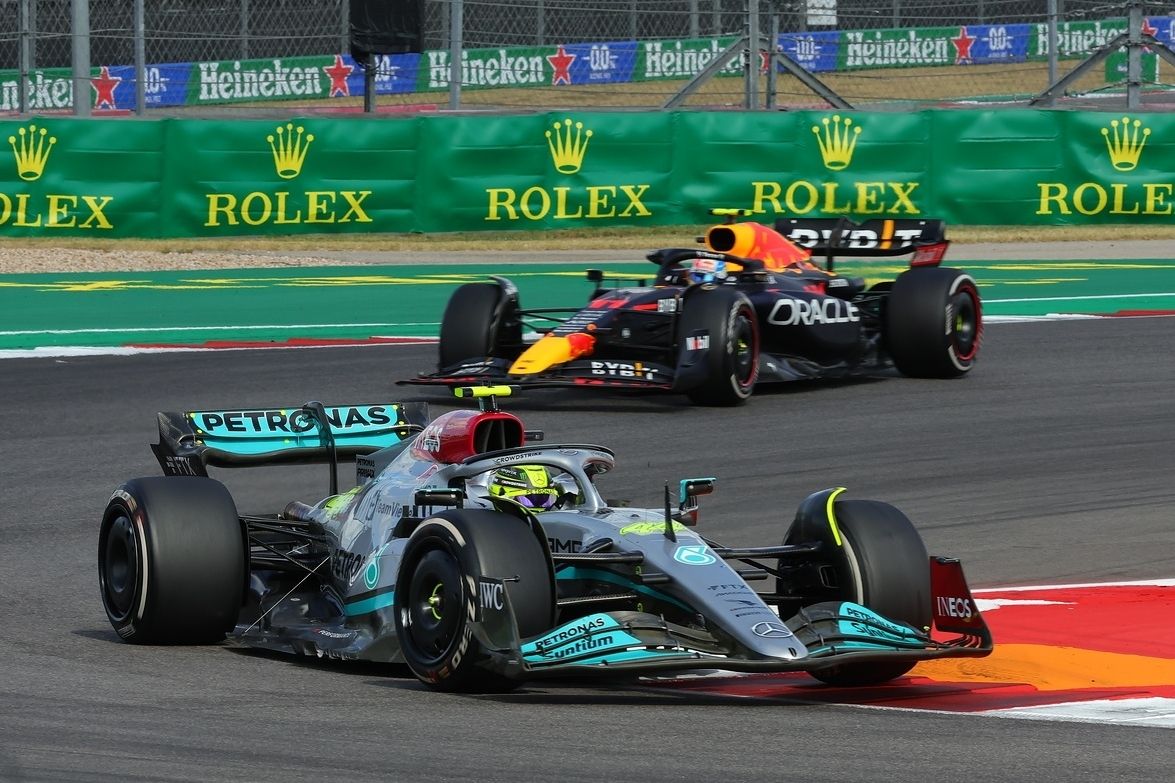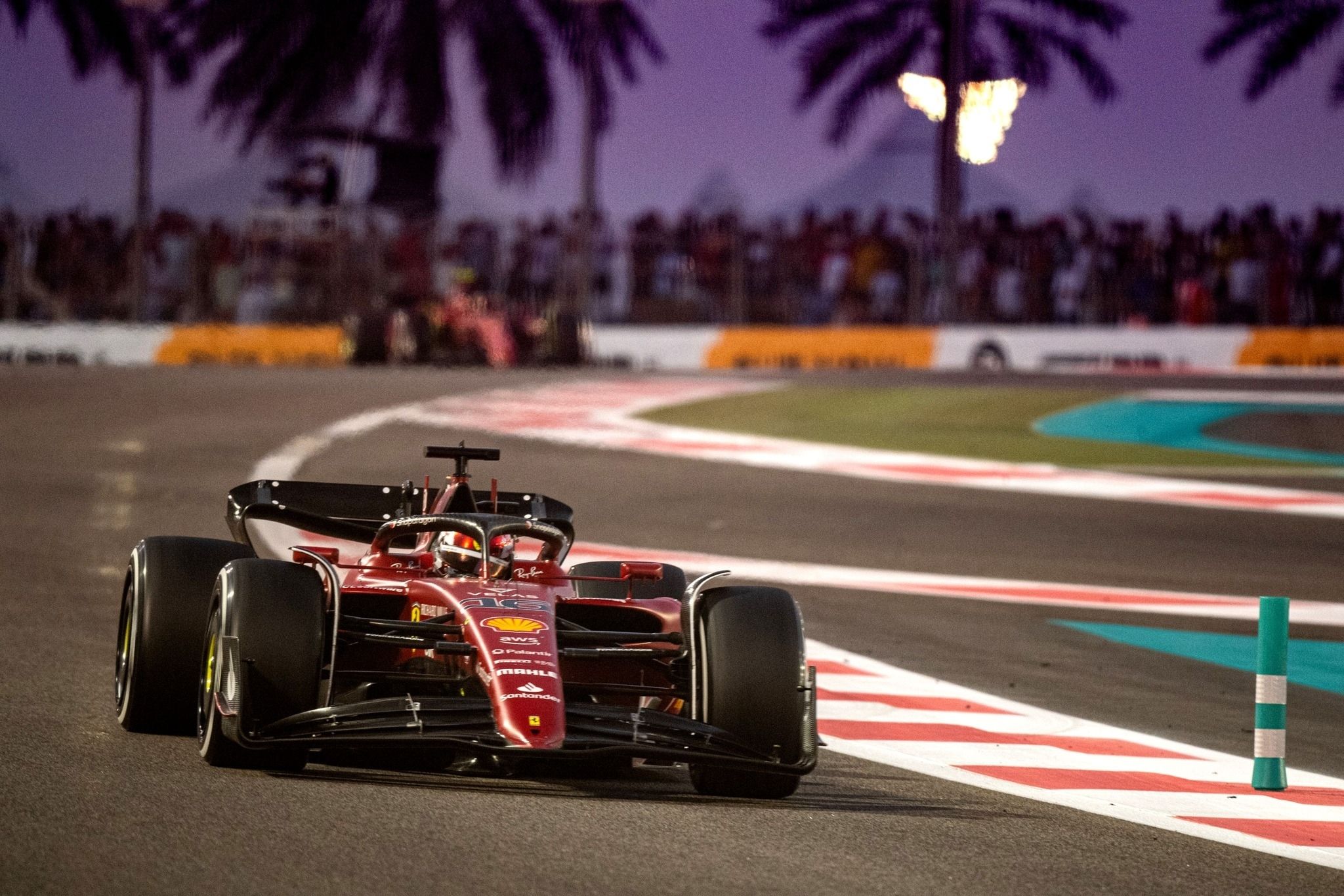
Each year Formula 1 adapts the rulebook, and the new regulations for 2023 are significant. We're not talking 2026 engine regulations huge, but some of these new adjustments have the power to change the season's outcome.
Obviously, F1 wanted to get rid of the porpoising. Almost every team was haunted by porpoising during the 2022 season, but Mercedes-Benz suffered the most. The Germans pushed for a rule change during the season, but it only bit them in the rear.
Four new rules are in play to get rid of this backbreaking phenomenon. The cars have to sit 15 mm (0.6 inches) higher. The diffuser throat has been lifted, while the diffuser's edge has been strengthened. Finally, each team has to add a sensor to measure how dire the porpoising is. Last year the FIA said that driver safety is paramount, so that little sensor could quickly get a car banned from competing.
Regarding safety, the teams had to strengthen the roll hoops. The top of the roll hoop has to be rounded at the top to keep it from digging in. This new regulation follows Zhou Guanyu's gnarly crash at the Silverstone Grand Prix last year.
The last safety-related change is bigger side mirrors. To increase driver visibility, the width of the side mirrors increases from 5.9 inches to 7.9 inches.
Teams will not be allowed to modify gearboxes, and the upgrades are limited to materials, processes, or proprietary parts becoming available throughout the season. To make the process of upgrading homologated gearboxes as fair as possible, there's a lot of red tape involved. If Red Bull wants to upgrade Verstappen's gearbox mid-season, the first step is to apply for approval from the FIA.
The new minimum car weight has been dropped by 2 kg to 796 kg. The teams will want to figure out how to shave the extra 4.4 pounds from the cars for best performance, and we're talking dry weight without the driver, so Ferrari can't ask Charles Leclerc to spend more time running and less time parading around in his Ferrari 296.
At least Leclerc will benefit from a more reliable car, with F1 being more flexible in the cooling of the fuel. This will make the engine more reliable, particularly at the hotter races.
This is going to be a bumper year for F1. A total of 23 races are scheduled now that the Chinese Grand Prix won't be replaced. Usually, the teams work late into the night to get the cars ready, but there's now a stricter curfew. Working hours on Wednesday and Thursday have been cut from eight to four and six to three, respectively. An hour has been lopped off the Friday work schedule, too.
A "Revised Qualifying Format" will be implemented at two events to see if it will work for upcoming seasons. In short, the tire compound will be set, and teams will no longer be able to choose. The teams will have to run hard compound in Q1, medium in Q2, and soft in Q3. At the two events, which have yet to be announced, the teams will drop to 11 sets of dry tires instead of the regular 13.
Finally, the number of Sprint Races has doubled. We'll see Sprints in Azerbaijan, Austria, Belgium, Qatar, the UK, the USA (COTA), and Sao Paulo. The teams don't like the Sprints, fearing damage. To counteract, F1 has increased the damage allowance to $300,000. This may lead to more fierce racing, as the drivers don't have to worry as much about breaking the bank.
A host of F1 car unveilings are scheduled for February. We'll make sure to keep you posted.


